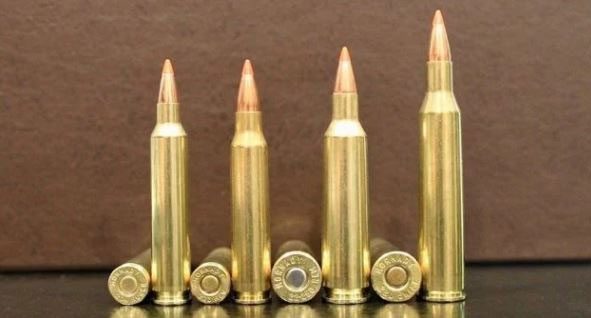Bullets are typically encased in brass or coated with lead, with brass being the more common choice.
The brief reason is: Manufacturers have discovered ways for brass to expand, rotate, and perform other troublesome actions once it hits the target. Lead is less frequently used because, while it is hard enough to deliver significant damage, it can easily deform when exposed to high temperatures. Consequently, the bullet expands upon firing, growing up to three times its original size, which can lead to obstruction and deviation from its intended target.

Bullet casings are often made of brass.
The material of the bullet casing relates to how the metal reacts under pressure, its natural corrosion resistance, and its ability to return to its original hardness.
A suitable bullet casing must be strong enough to withstand the pressure of firing and elastic enough to return to its original shape after being slightly deformed by the firing pressure.
The materials used for bullet casings must also be easily malleable into precise shapes during manufacturing so that the bullet fits snugly in the cartridge when loaded into the firearm.
Among metals, brass is not so hard that it can create sparks upon contact with hard surfaces, a crucial factor to consider when loading and seating the bullet into the gun.
Brass also has natural corrosion resistance, allowing it to be stored for extended periods (up to several decades).
It is this combination of properties that makes brass a highly favored material for bullet casings.
However, brass does have a disadvantage: it is more expensive than other metals that can be used for bullet casings.


















































